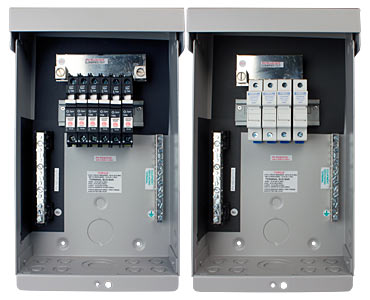Hi, everywone, I live in and RV with off-grid solar system as my power source, i built it myself and i think ive done some things wrong on the way as my batteries often drain and would like to fix it so it works better and more correct.
this is the specs:
- 2X310W 24v pv (chinese made)
- 3 trojan T875 8V 170ah lead-acid battery
- 30A epsolar tracer 3210A controller
- meanwell ts1500 inverter
the setup is so that the solar panels are wired in parallel to the cotroller, the controller feeds the batteries and the inverter is connected directly to the batteries.
1. i would like your opinion about the setup as i built it myself and i didnt take alot of advice on it.
2. now its winter where i live and with the current setup usually the batteries dont get charged fully and often im running out of power (im running a fridge constantly and the rest is small amount of power like light and chargers for phone or laptop)
so looking into possibly increasing my battery size too i bought another 4 panels like the ones i have (2 are 340W and 2 310W) which means i need to upgrade my controller too and i have a few questions about it:
1) i thought about buying this controller: https://www.ebay.com/itm/161615675225
here is review where he opens it up: https://www.youtube.com/watch?v=vsUVY0JbitY
2) i want to set the input so its 48v because the limit on the controller is 1600W for 24V, can that be a problem?
3) if it is a problem can i use 2 charge controllers together on the same set of batteries?
4) this one is more general: if i have 1000w of consumption and 1100w of power coming in is it going through the battery somehow or straight to the inverter?
i hope its not too many questions!
any help or good reading material will be appreciated as im a real newbie
thanks
this is the specs:
- 2X310W 24v pv (chinese made)
- 3 trojan T875 8V 170ah lead-acid battery
- 30A epsolar tracer 3210A controller
- meanwell ts1500 inverter
the setup is so that the solar panels are wired in parallel to the cotroller, the controller feeds the batteries and the inverter is connected directly to the batteries.
1. i would like your opinion about the setup as i built it myself and i didnt take alot of advice on it.
2. now its winter where i live and with the current setup usually the batteries dont get charged fully and often im running out of power (im running a fridge constantly and the rest is small amount of power like light and chargers for phone or laptop)
so looking into possibly increasing my battery size too i bought another 4 panels like the ones i have (2 are 340W and 2 310W) which means i need to upgrade my controller too and i have a few questions about it:
1) i thought about buying this controller: https://www.ebay.com/itm/161615675225
here is review where he opens it up: https://www.youtube.com/watch?v=vsUVY0JbitY
2) i want to set the input so its 48v because the limit on the controller is 1600W for 24V, can that be a problem?
3) if it is a problem can i use 2 charge controllers together on the same set of batteries?
4) this one is more general: if i have 1000w of consumption and 1100w of power coming in is it going through the battery somehow or straight to the inverter?
i hope its not too many questions!
any help or good reading material will be appreciated as im a real newbie
thanks




Comment